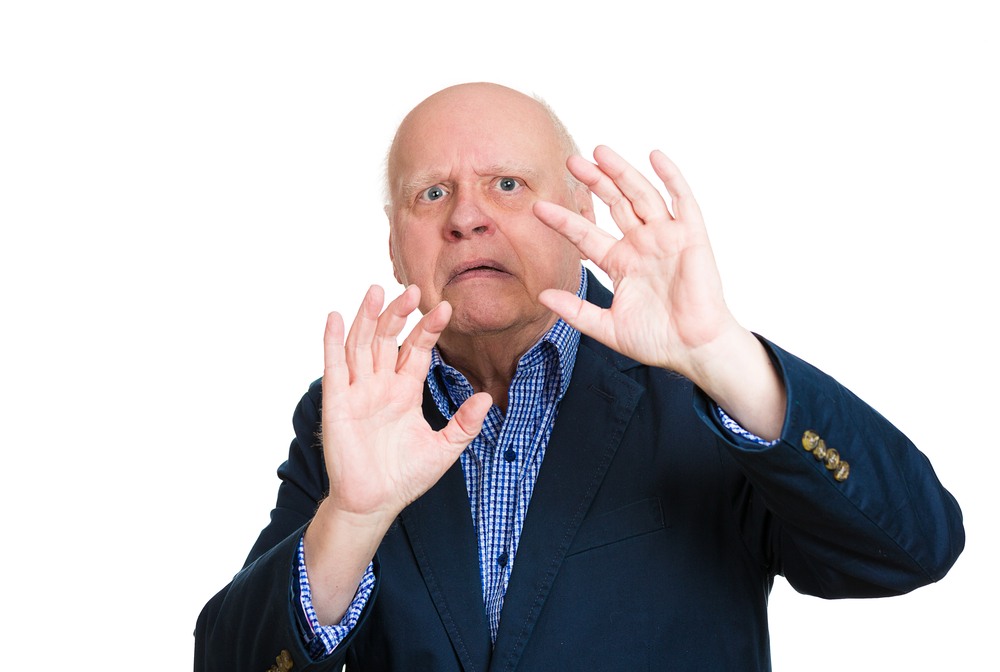Discover the top blunders that litigators make in their trial presentations and learn how to avoid them for a successful outcome.
1. Overloading slides with text and information
One common mistake that litigators make in presentations is overloading slides with too much text and information. This can overwhelm the judge and jury and make it difficult for them to focus on key points. It's important to keep slides concise and use visuals to support the content.
Additionally, overcrowded slides can detract from the overall visual appeal of the presentation. See 12 Ways to Eliminate "But I Need Everything On That PowerPoint Slide" and How Much Text on a PowerPoint Slide is Too Much?
2. Ignoring the importance of visual appeal
Visual appeal plays a crucial role in capturing the audience's attention and conveying information effectively. Ignoring this aspect can result in a dull and unengaging presentation. Litigators should strive to use high-quality visuals, relevant images, and effective design elements to enhance the overall appeal of their slides.
Remember, a visually appealing presentation can leave a lasting impression on the audience. See Trial Graphics Dilemma: Why Can't I Make My Own Slides? (Says Lawyer) and Do Professionally Designed PowerPoint Slides Get Better Results?
3. Failing to practice and prepare adequately
One of the worst mistakes litigators can make is failing to practice and prepare adequately for their presentation. Practice allows presenters to refine their delivery, familiarize themselves with the content, and anticipate potential challenges. Lack of preparation can lead to a disorganized and unprofessional presentation.
Litigators should dedicate sufficient time to practice and preparation to ensure a smooth and successful presentation. See Practice is a Crucial Piece of the Storytelling Puzzle and 3 Ways to Force Yourself to Practice Your Trial Presentation and Practice, Say Jury Consultants, is Why Movie Lawyers Perform So Well and The Magic of a 30:1 Presentation Preparation Ratio.
4. Lack of engagement with the audience
Engaging with the audience is essential for maintaining their interest and involvement throughout the presentation. Litigators who fail to interact with the judge/jury risk losing their attention and failing to convey their message effectively. Encouraging from the judge in a bench trial or arbitration, using anecdotes, and incorporating interactive elements can help keep the judge and jury engaged.
Remember, audience engagement is key to any successful presentation. See The Best Ways to Pause PowerPoint to Enhance Connection with Judges and Juries.
5. Not addressing potential technical issues beforehand
Technical issues can disrupt a presentation and create a negative impression on the audience. Litigators should always address potential technical issues beforehand by checking equipment, testing slides, and ensuring a backup plan is in place. Being prepared for technical challenges can help maintain the presentation flow and prevent disruptions.
Always have a contingency plan in case of technical difficulties to ensure a smooth presentation. See The 14 Most Preventable Trial Preparation Mistakes and The 12 Worst PowerPoint Mistakes Litigators Make.
We have written extensively about the use of PowerPoint, and I encourage you to review the articles below.
- The 12 Worst PowerPoint Mistakes Litigators Make
- How PowerPoint Failures in Demonstrative Evidence Can Sink a Case
- The Redundancy Effect, PowerPoint and Legal Graphics
- Why Reading Your Litigation PowerPoint Slides Hurts Jurors
- Do Professionally Designed PowerPoint Slides Get Better Results?
- 12 Ways to Eliminate "But I Need Everything On That PowerPoint Slide"
- How to Make PowerPoint Trial Timelines Feel More Like a Long Document
- How Much Text on a PowerPoint Slide is Too Much?
- Don't Use PowerPoint as a Crutch in Trial or Anywhere
- 7 PowerPoint Trial Presentation Secrets Revealed
- 16 PowerPoint Litigation Graphics You Won't Believe Are PowerPoint
- Environmental Litigation and PowerPoint
- The Effective Use of PowerPoint Presentation During Opening Statement
- Why the “Build” Approach Is Often Preferable to the “Static” Approach to Data
- Lawyer Delivers Excellent PowerPoint Presentation






Leave a Comment